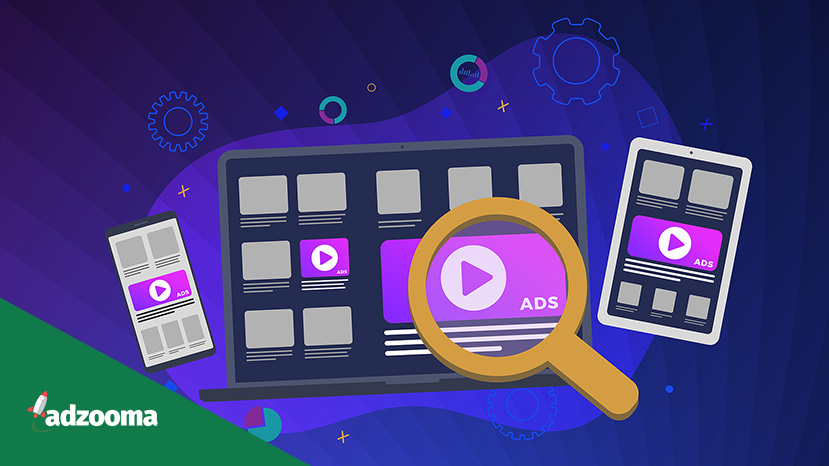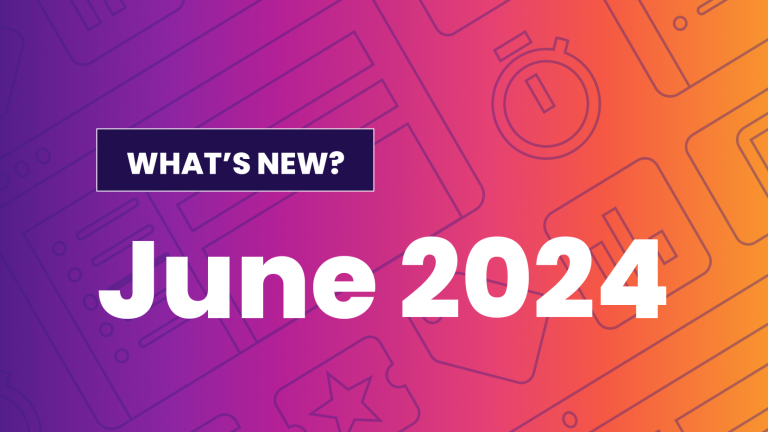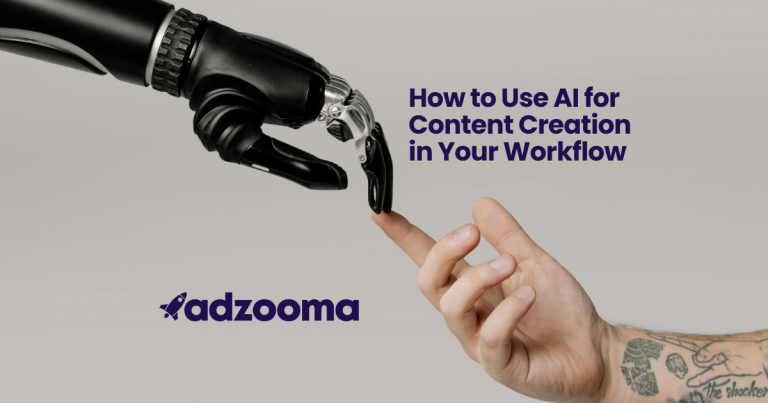Programmatic ad buying has completely revolutionised online advertising with its use of software to purchase ad space.
While RFPs (Request for Proposal) were traditionally used as well as human negotiations and manual insertion orders, the buying and selling of ad inventory through an automated bidding system in real-time help brands and agencies to purchase ad impressions on publisher sites.
Using programmatic advertising relies on artificial intelligence (AI) to evaluate users based on factors, such as behaviour and demographics to ascertain, which ad should be shown to each user.
For this article, we’ll look at how it all works and whether it’s worth the investment.
Types of programmatic advertising
1. Real-Time Bidding (RTB)
Also known as open auction or open marketplace, the ad slots are sold in real-time, through an open auction, where the highest bidder gets the spot. While RTB is easy to set up, as advertisers don’t know the exact publisher websites their ads will appear, it can prove frustrating.
2. Private Marketplace (PMP)
Similar to RTB, Private Marketplace is only available to advertisers on an invite-only basis. The advertiser using PMPs knows the websites their ads are going to be on.
3. Preferred Deals
Also known as spot buying, advertisers can use preferred deals to choose the ad inventory at a fixed price before it is made available on private marketplaces.
4. Programmatic Guaranteed
Also known as programmatic direct or automated guaranteed, this is used by advertisers that know where their ads should go. It consists of the advertiser and publisher negotiating the terms on a one-on-one basis, which a more traditional model and doesn’t follow a bidding process, allowing for more choice in terms of ad inventories.
Benefits of programmatic advertising
Programmatic advertising comes with a variety of benefits, including:
Real-time insights
Programmatic advertising gives advertisers real-time breakdowns of their ad campaigns to gather more information about their target audience and campaign more effectively.
Enhanced targeting capabilities
Connecting with your target audience is a vital component of advertising, and you can use two main approaches to achieve this:
- Combining first and third-party data to improve the audience profile, guaranteeing you are reaching out to them with precision.
- Using contextual programmatic advertising, getting data from user profiles and page content helps to deliver ads at where it’s most appropriate.
More transparency in the business
It allows advertisers to trace their ads’ performance concerning the campaign and budget to yield better ROI while also reducing human error.
Helps tackle ad fraud
As publishers have been implementing various fraudulent tactics, using programmatic advertising platforms allows advertisers to evaluate a publisher in real-time based on the performance of their ads and can choose a platform who is ethical and can deliver results. Reputable platforms have protective methods in place, such as blockers that stop fake bot traffic.
How much does it cost?
Programmatic advertising is useful for businesses with limited budgets, traded on a CPM basis (cost per 1,000 ad impressions). The average cost of a programmatic CPM is between $0.50 to $2 CPM, which, when you compare it to human-driven trading, which can be around $10, is significantly cheaper.
How to use data effectively
In this competitive world, where data appears to hold the key, it’s about having a far more fundamental understanding of what it can represent. With each item of data, you can acquire significant behavioural insights from it to start on the first steps to achieving an efficient programmatic strategy.
Data can comprise of three tiers.
- First-party data is the data the advertiser holds on its customers.
- Second-party data is collected by a third party, like an agency, who shares the information with the brand to create a programmatic strategy structure.
- Third-party data is available to anyone at a cost. When you consider the data you have, focusing beyond the numbers and thinking about data as customers or potential customers is key to engaging them.
Many companies are using programmatic advertising to get away from other targeted methods of advertising. You can use data to find new prospects, grow your brand, and achieve the right balance.
Examples of programmatic ad campaigns
Many big names have used programmatic advertising to great effect:
- Google used programmatic advertising to promote its Google Search app and increased its brand awareness by 50%, reached 30% more people 3x more frequently, and lowered CPM 30% more than the previous year.
- Kellogg used programmatic advertising to drive offline sales and saw a 70% increase in viewability rates and 2x-3x better audience targeting.
- But it’s not just being used for products. The UK charity Missing People used programmatic advertising to help raise awareness and response rates for missing children. Using location targeting, advanced targeting options and location-based ads encouraged users to sign up, response rates increased from 50% to 70%.
Is programmatic ad buying worth the investment in 2020?
Programmatic advertising spend is increasing every year, and is expected to be used for the vast majority of display advertising soon.
88% of display ads in 2021 in the US are thought to be bought programmatically, and 65% of European and UK brands already use programmatic advertising.
With 86% of those brands using in-house programmatic capability, it’s clear to see this is one of the key methods of online advertising to bolster any business brand. Keeping ahead of the curve is crucial for any company, and programmatic ad buying is undoubtedly worth the investment.




